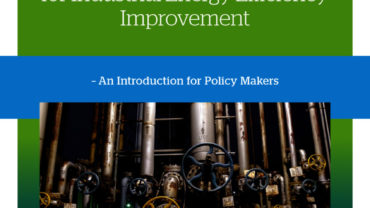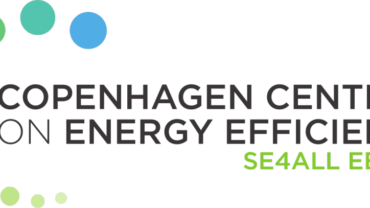Globally, industry accounts for about 29 percent of final energy consumption and employs some 23 percent of the world’s workforce. Best Practices and Case Studies for Industrial Energy Efficiency Improvement – An Introduction for Policy Makers is a new Copenhagen Centre publication geared towards countries seeking to implement and accelerate energy efficiency in industry. Designed to support policymakers, the report includes dozens of examples of successful policies and programs, and provides tips on how to replicate successful implementation. The book can be found here.
Improvement in energy efficiency is needed in all sectors, but targeting industrial energy consumption offers major advantages for policy makers. The industrial sector is more concentrated in terms of entity numbers, and often a small number of large energy-intensive enterprises consume the bulk of the available energy. The Pareto Principle, or 80/20 rule, generally applies to this sector, in that about 20 percent of industrial sites often consume 80 percent of industrial energy. Nearly two-thirds of all industrial energy consumption is accounted for by just four sectors: chemical and petro¬chemical (33 percent), iron and steel (17 percent), cement (9 percent), and pulp and paper (5 percent). Achieving improved energy efficiency in industry can make a critical contribution to solving local, national and global energy problems.
The Copenhagen Centre’s new publication reviews policies, programmes and experiences in industrial energy efficiency to inform and guide policymakers. Although the guide focuses on energy-intensive industries, many of the approaches described can be applied to other industrial and commercial sectors, as well as small to medium-sized enterprises (SMEs).


